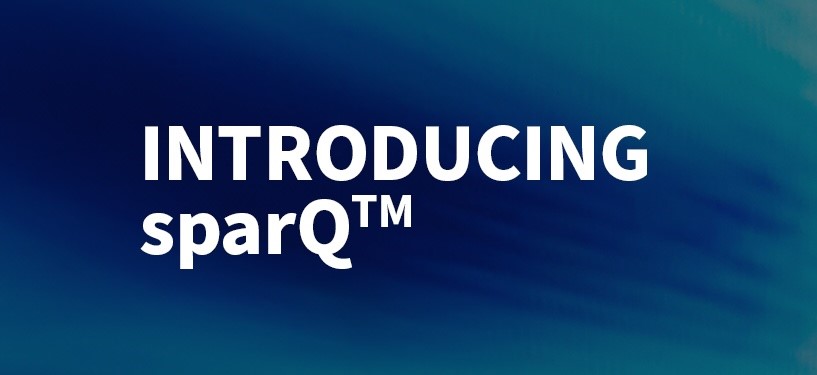Thousands of articles and hundreds of books provide expert advice for managing and leading teams. More recently, themes have shifted from traditional team management to the rise of remote work and the best ways to manage remote employees.
But what if your team doesn’t fit neatly into one bucket? What if some of your employees put in long hours at HQ while others are scattered throughout the United States—or even the world?
What is a hybrid team?
Hybrid teams are teams composed of local and remote employees. At the heart of managing a hybrid team is the awareness that the locals and remotes have very different work experiences.
Locals commute in, have coffee conversations, attend meetings in conference rooms, hear the buzz of the office, and eat free food almost daily (at least at PI).
Remotes don’t commute, have coffee conversations with a kid or partner (maybe), attend meetings virtually, hear the buzz of the fan on their laptop, and eat whatever’s in the refrigerator. For them, the best small talk of the day might just be chatting with the Amazon delivery driver.
So for me, managing my hybrid team starts with the awareness that remote and local employees have vastly different work experiences every day. And while there’s no way to force similar experience (nor would I want to), it’s important to build in process, technology, and discipline to create a strong shared experience. This brings the team together to collaborate and perform at a high level.
6 tips for managing a hybrid team
Here are 6 tips for managing a hybrid team to boost team dynamics, collaboration, and performance:
1. Social technology for the win
If anything has enabled my team to work well together, it’s social technology tools such as Slack, G-Suite, and Zoom.
Slack doesn’t just facilitate better communications, it has helped us all to build stronger relationships. The ability to work through issues, have informal conversations, and make each other laugh (Giphy and emojis are particular fun) creates a shared environment of team cohesion and awareness throughout the day.
When coupled with tools that make team collaboration easy like G-suite—and the ability to quickly and seamlessly have conference calls via Zoom or Meeting Owl—we’re able to work closely together even when we’re miles apart.
2. Involve remotes like they’re local
Typically, it’s a lot easier for local team members to become involved in cross-functional work because they’re more visible and therefore considered for inclusion. In most cases, it’s a matter of convenience and familiarity. Meanwhile, for remotes, it’s a case of out-of-sight-out-of-mind. The downside to this is twofold:
- Local employees may be less productive as they get pulled into cross-functional work
- Remote employees feel isolated—they’re being forgotten or passed over
To avoid this problem, we’ve worked hard to align each team member to different projects, cross-functional teams, and initiatives. Everyone on the team is a point-of-contact for topic areas or project work. By doing this, remote employees have been much more involved in cross-functional matters as well as more visible across the company. And local employees have had the freedom to focus on their own work more often.
3. Let remotes be local
It’s easy to lose touch with HQ when you’re remote for too long. The HQ here at PI is energizing, fun, and collaborative. It’s also where the local team members spend every day.
While not all travel budgets allow frequent trips, we work on getting together as a team at least once a quarter. The remote visits help strengthen relationships both on the team and with others. It also gives remote and local employees a chance to build better personal relationships with each other and to work on more intensive work projects. But mostly, it’s a chance for a little fun and some memories that keep the team bond strong across times of hard work.
4. What’s good for the goose is good for the gander
While there are benefits to being at HQ—like easier access to people, more social events, and that wonderful free food—remote employees can enjoy a number of different benefits such as more work-life flexibility, less noise and distractions, and freedom to work in their own unique way.
While many strategies often focus on making remotes feel more connected to HQ, it’s also important to give local employees a chance to experience their own work flexibility. For example, local employees work more flexible work hours or work from home from time to time. Not only does this create some goodwill, but it also helps local employees understand the experience of remote employees.
5. Build strong communication habits
At the end of the day, what’s most important to hybrid team performance is the same as any team. Team members should have open communication, feel psychologically safe, and be able to trust and rely on each other.
To help facilitate this, it’s important to build in a good communication rhythm with frequent check-ins, longer deep-dive meetings, and an expectation that all members have brief one-on-ones with each other on a weekly basis. It can’t all be done on Slack, so as a leader, I rely on my team to stay connected to one another—and they expect me to do the same.
6. Focus on information parity
The Predictive Index, like other growing companies, moves really fast. It’s easy for remote employees to feel disconnected from critical information, events, or other ongoing activities.
As a company, PI does a great job sharing information from executive meetings in the form of notes that can be read by all employees. PI also makes judicious use of Soapbox videos to cover complex topics and focuses on thoughtful all-company meetings where everyone, whether local or remote, feels in the know.
Finally, as a manager, I try to spend a little time every meeting and every one-on-one covering broader topics that are important and may impact the team to make sure everyone is on the same information playing field.
The real key to managing a hybrid team: maintaining awareness
At the end of the day, managing a hybrid team means maintaining awareness that remotes and locals have different experiences—and reacting to level the playing field and maintain strong team dynamics.
With the use of great technology, strong communication and information sharing practices, clear assignments and responsibilities, and some travel flexibility, a hybrid team can really perform in amazing ways.
This article originally appeared on the Predictive Index blog.



